By
Phil LelyveldJanuary 9, 2015
The ONvocal Mix360 Bluetooth headset and phone app allow you to easily balance the volume of your music player, phone, speaking voice, and the ambient noise around you. This is an elegant solution for people who spend a lot of time on the phone while on the go. According to the company, the tech allows Mix360’s “playback to rival the sound quality of a wired connection, and high-performance speakers deliver deep bass, clear vocals, and sparkling highs.” The Mix360, which worked well during its CES demo, sells for $299. Continue reading ONvocal Introduces its Mix360 3-Way Control Headset at CES
By
ETCentricJanuary 9, 2015
A joint research study by NATPE/Content First and CEA indicates that millennials now place more value on Netflix than broadcast and cable TV subscriptions. The findings were presented yesterday at CES. “The biggest takeaway was just how important streaming has become to how millennials, the generation defined as people ages 13 to 34, consume TV content,” notes The Hollywood Reporter. “According to the study, 51 percent of millennials consider Netflix subscriptions very valuable, compared to 42 percent for broadcast channels and 36 percent for cable subscriptions. Young people are also more likely to stream a full-length TV program than watch it live on TV during its original air time or time-delayed on a DVR.”
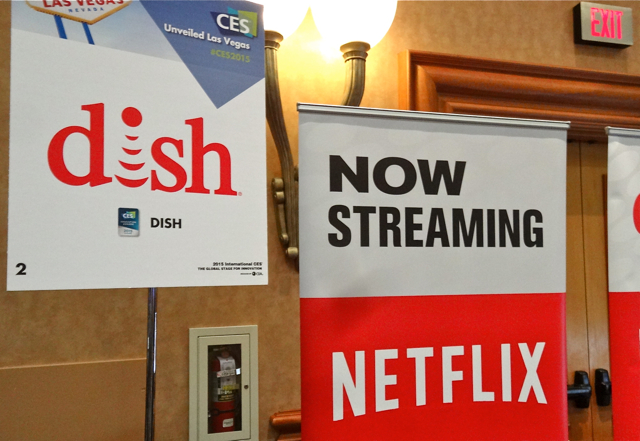
By
ETCentricJanuary 9, 2015
Speaking at the Variety Entertainment Summit during CES, CBS Interactive President & CEO Jim Lanzone announced that the network’s All Access Internet TV service is a hit with super-fans, and subscribers who pay $5.99 per month are watching twice as much content as regular broadcast viewers. While he did not reveal the number of subscribers, “Lanzone noted that about 10 million U.S. households have broadband but do not pay for cable or satellite TV,” reports Variety. “Lanzone said CBS All Access has been a ‘Rorschach test’ of where industry executives believe television is going. But he maintained that all along, the broadcaster’s goal with the over-the-top service was simply to cater to an audience that wanted to access more of the Eye’s programming, on more devices.”
By
ETCentricJanuary 9, 2015
Dieter Zetsche, CEO of Mercedes parent company Daimler AG, unveiled the F 015 concept luxury vehicle earlier this week at CES. “The front seats can swivel to the rear as the steering wheel recedes into the instrument panel and the car takes control,” Bloomberg explains. “Sculpted open-pore walnut wood veneers and ice-white leather add to the chill-out ambiance of the interior, while six screens allow passengers to interact with the machine via touch, hand gestures and eye-tracking.” The so-called Luxury in Motion prototype, which Zetsche describes as “a mobile living space,” is part of an effort by upscale manufacturers to compete with Google’s push into self-piloted vehicles. At CES, Audi showcased an autonomous A7, which arrived in Las Vegas after a 560-mile journey.
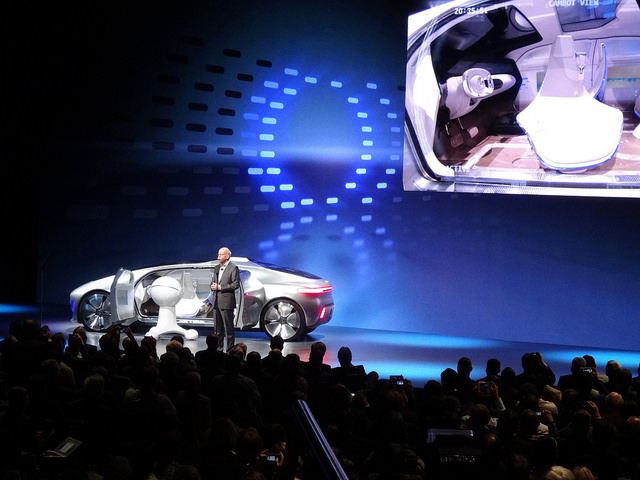
By
Debra KaufmanJanuary 8, 2015
HDR (High Dynamic Range) — which enables a greater range of luminosity that results in enhanced color and contrast — was a feature demonstrated on numerous TV displays at the 2015 CES in Las Vegas. A panel looking at “HDR: Hollywood’s New Creative Tool” brought together studio execs, technologists and display manufacturers to talk about HDR’s advantages and the obstacles in achieving wide adoption. Panelists discussed the new Ultra HD Alliance, the need for standards, and much more. Continue reading CES Panel Discusses HDR as Hollywood’s New Creative Tool
By
Debra KaufmanJanuary 8, 2015
The Consumer Electronics Association’s Director of Business Intelligence Jack Cutts is the organization’s lead analyst on smart eyewear, watches, glasses and phones. He released his forecast figures for the category of wearables — here defined as fitness trackers, smartwatches and smart eyewear (plus any device worn in, on or around the eyes). When will wearables go mainstream? This is one of the issues that Cutts’ data revealed, starting with the current market and out to 2018 and beyond. Continue reading CEA Exec on the History and Direction of Wearables (Part 1)
By
Debra KaufmanJanuary 8, 2015
In History and Direction of Wearables Part 1, we looked at the Consumer Electronics Association’s numbers for wearables, from 2014 through the end of 2015. CEA’s Director of Business Intelligence Jack Cutts released his forecast figures for the wearables category, specifically in terms of fitness trackers, smartwatches and smart eyewear. In Part 2 of our report, we look at CEA’s projected numbers regarding wearables from 2016 through 2018 and beyond. “This time next year will be the beginning of the wearables mania,” said Cutts. Continue reading CEA Exec on the History and Direction of Wearables (Part 2)
By
Phil LelyveldJanuary 8, 2015
Japanese startup FOVE has developed a virtual reality head-mounted display with built-in eye tracking. The eye tracking enables the software to render the areas where the viewer is not looking with less precision than the area where the viewer is staring, allowing for more efficient CPU/GPU resource utilization. The rendered image was very clear, and the eye tracking worked well. When the headset goes to market, a FOVE rep expects the HMD with headtracking to sell for $400-$450. Continue reading Startup Demos New Eye Tracking Virtual Reality HMD at CES
By
ETCentricJanuary 8, 2015
It was a big year for television at the 2015 CES, with buzzwords such as 4K, HDR, OLED, contrast, color space and curved screens filling the air in Las Vegas. Another hot topic was quantum dots — tiny crystals designed to enhance color and efficiency. Manufacturers including Samsung, LG and TCL are following Sony’s lead in introducing the technology.“Quantum dots promise to solve a very fundamental problem with modern LCD TVs, which is that the range of colors on LED-backlit sets are simply not as good as the ones on plasma and OLED TVs,” reports The Verge. “The allure of quantum dots is that they can be added as a layer on top of an LCD TV’s LED backlight to fine tune the light that makes it through. That can dramatically improve the color gamut, and do it at about a third of the cost of producing OLED displays.”
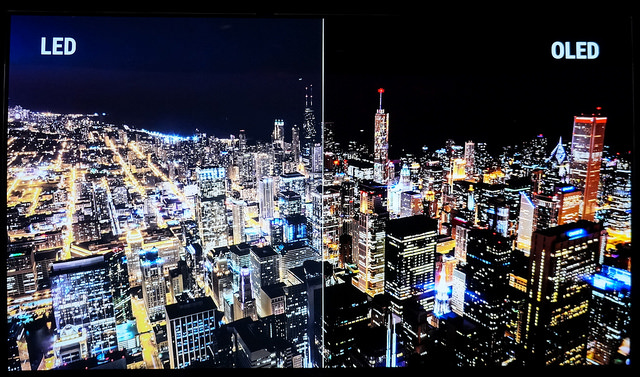
By
ETCentricJanuary 8, 2015
Gaming tech company Razer unveiled the Android-based gaming console it first announced during Google I/O last year. The $100 Razer Forge TV, due out in Q1, is a 4×4-inch micro-console designed to serve “as a platform for hardcore PC gaming, for Android gaming, and for Android-based entertainment services via Google Play,” according to TechCrunch. “The Forge TV will run on Razer’s Cortex: Stream (out in spring 2015) and focuses on low-latency and HD resolution, which the company says will help the device cut down on some of the lags and other hiccups that have plagued other streaming services.” The console features quad-core processing, a high-end graphics engine, wireless and network connectivity, and 16GB of internal storage.
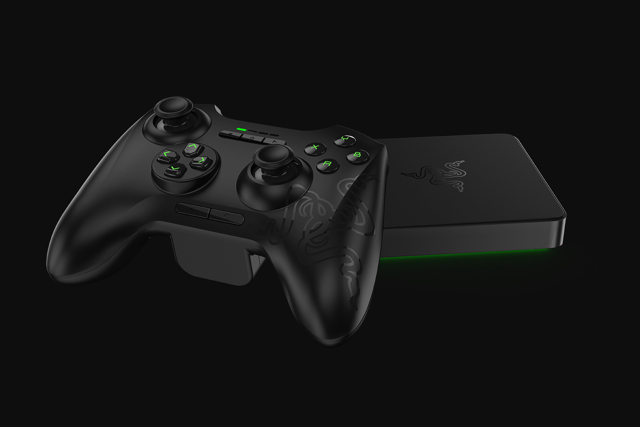
By
ETCentricJanuary 8, 2015
CES week has yet to wrap up, but the “Best of” lists are already starting to appear online. We’ll provide some highlights from CNET and others to accompany our upcoming reports. In the meanwhile, you may be interested in a few from Engadget: AmpStrip (best startup), Sling TV (home theater), Energous WattUp (best innovation), Dell Venue 8 7000 tablet (mobile device), LG Art Slim 4K OLED (TV), Razer Forge TV (gaming), Lenovo LaVie HZ550 (PC), AirDog (drone). And from Digital Trends: Dish Sling TV app (best of show), LG EF9500 Flat 4K OLED TV (home video), LG G Flex 2 (mobile), Jins Meme smart glasses (wearable), Dell XPS 13 notebook (computing), Panasonic HC-WX970 prosumer camcorder (photography), Audi Tablet (automotive).
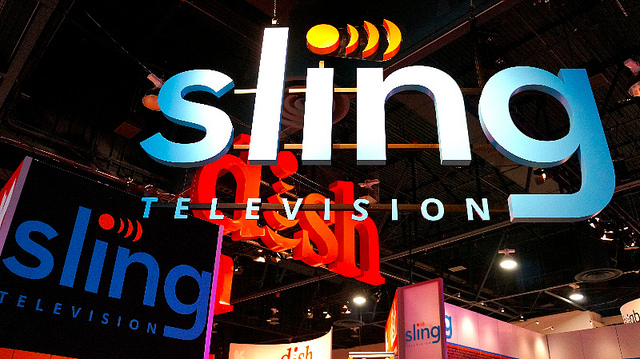
By
Rob ScottJanuary 8, 2015
Consumer Electronics Association president and CEO Gary Shapiro projects that the CE industry is on course to generate an all-time high of $223.2 billion in sales in the U.S. this year. Shapiro told CES attendees that emerging technologies including 3D printers, Ultra HD televisions, connected appliances, drones, robots, cameras and wearables are likely to grow 108 percent in revenue in 2015. Other areas projected to experience more modest growth include smartphones, tablets and automotive technology. Continue reading CEA Predicts Record Year for Consumer Electronics Revenue
By
Rob ScottJanuary 8, 2015
Polaroid has unveiled its portable Zip device, a 6.6-ounce photo printer, less than one-inch thick, that creates 2×3-inch prints using the company’s ZINK zero-ink technology and adhesive-backed ZINK paper. The pocket-sized device enables users to print photos from Bluetooth-enabled smartphones and tablets. The Zip includes a free mobile app available for iOS and Android, and an array of editing options such as adding filters, frames, stamps and stickers. Users can even make business cards. The Zip is expected to ship this spring for about $130. Continue reading CES: Polaroid Demos New Pocket-Sized Mobile Photo Printer
By
ETCentricJanuary 8, 2015
GoPro’s anticipated drone may be a no-show at CES, but the company did announce some compelling new features for its Hero4 Black and Silver action cams. CNET reports that an upcoming firmware update will include “a time-lapse video mode that will snap photos continuously and then turn them into a video in camera,” two new video capture settings — “720p resolution at 240 frames per second for HD-quality super-slow-motion video and 2.7K resolution at 60 fps,” a new “HiLight Tag feature that lets you mark the video you’re shooting” (helpful for editing), and for photos — “a slower burst mode of 30 frames in 6 seconds.” Also, a new app for the GoPro Channel will be available on LG Smart TVs this year.
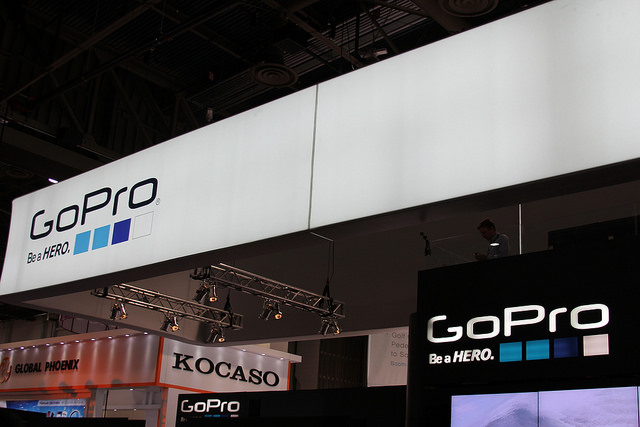
By
ETCentricJanuary 8, 2015
Microsoft began offering a preview of its Office apps for Android tablets this week. Beta versions of Word, Excel and PowerPoint apps are now available (no invitation required) via the Google Play store. According to Microsoft’s 365 Team, users need ARM-based Android tablets with KitKat or Lollipop (and 7- to 10-inch screens) to install and run the preview apps. “As expected, the apps are freemium versions, meaning you can create documents and perform basic editing. But you’ll need that Office 365 subscription to do more,” reports CNET. “The finished version of Office for Android tablets will be available in the first half of 2015.”





